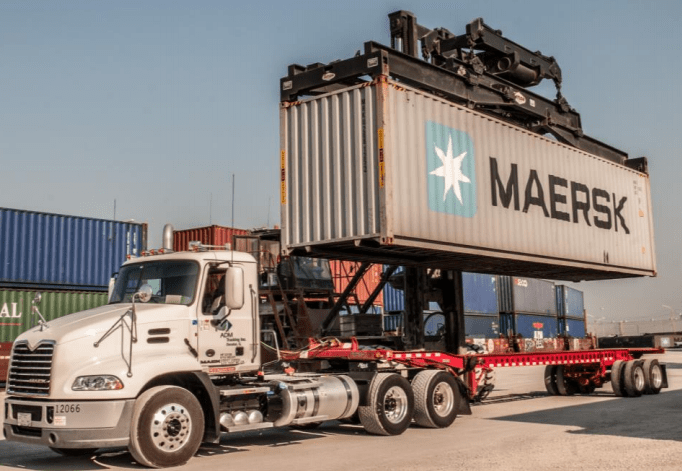The growth of exports from the United States to China in 2020 significantly outpaced the growth of those sales to the rest of the world, indicated a report by the China-United States Business Council (USCBC).
While US exports to China increased by about 18% in 2020, its sales to the rest of the world fell 15%.
In large part, the disparity in exports is the result of China’s early recovery from the pandemic-induced economic slowdown.
Oilseeds, cereals, oil, gas and semiconductors and their components were the main drivers of growth.
On average, exports of US goods to China have grown 2.4% annually over the past decade, which is faster than the rest of the major US goods markets.

As in 2019, the European Union (EU), Taiwan, Japan, and South Korea continued to export more products to China than the United States in 2020.
While the EU was the only major import source to see an increase in 2019, it was also the only major import source to see a decline in 2020.
Imports from Taiwan, the United States, and Japan increased 16, 10, and 2%, respectively, while imports from South Korea remained the same.
United States Exports
With about 200 affiliated companies, the USCBC is a private, nonprofit organization that promotes trade between the United States and China.
China ranked as the third destination for US exports in 2020, with $ 123.1 billion.
Ahead of China were: Canada ($ 243.6 billion) and Mexico ($ 206.1 billion).
Profile
While the Chinese economy has seen significant growth over the past 30 years, growth has been uneven, both geographically and across various sectors of the economy.
The government of the People’s Republic of China has implemented measures to promote economic growth and guide the allocation of resources.
The Chinese economy has been moving from a planned economy to a more market-oriented economy.
Although in recent years the government of the People’s Republic of China has implemented measures that emphasize the use of market forces for economic reform, the reduction of state ownership of productive assets and the establishment of sound corporate governance in companies commercial assets, the Chinese government still owns a substantial part of the productive assets in China.
The government of the People’s Republic of China also exercises significant control over Chinese economic growth through the allocation of resources, control of the payment of obligations denominated in foreign currency, the establishment of monetary policy and the preferential treatment of particular industries or companies.
Although the Chinese economy has grown significantly in the past decade, that growth may not continue, as evidenced by the slowdown in the growth of the Chinese economy since 2012.
![]()

